-
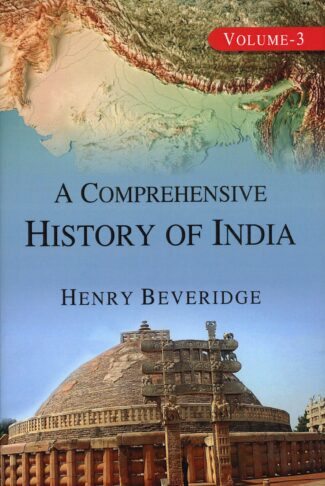

A Comprehensive Hist...
A Comprehensive History of India Volume 3
by: Henry Beveridge₹2,250.00
ISBN: 9789392443121
Year Of Publication: 2023
Edition: 2nd
Pages : xii, 902
Bibliographic Details : Index
Language : English
Binding : Hardcover
Publisher: Suryodaya Books
Size: 23
Weight: 1.020
“Published in 1862, Beveridge’s A Comprehensive History of India is an important landmark in the historiography in modern India. In writing it Beveridge did not trust to previous compilations but derived his materials as much as possible from original and official sources. Written after due research in a perspicuous style, Beveridge has narrated the history of India beginning with its earliest period and continued to be mutiny of 1857, thus making his history a complete and comprehensive history of India. Besides, Beveridge’s interpretation of history is more objective and impartial than many historians of India who wrote before and after him. As a result it became possible for Beveridge to see the many events of Indian history without being biased. That is why Beveridge will find today more readers than, say, historians like Mill’s and Vincent Smith. “

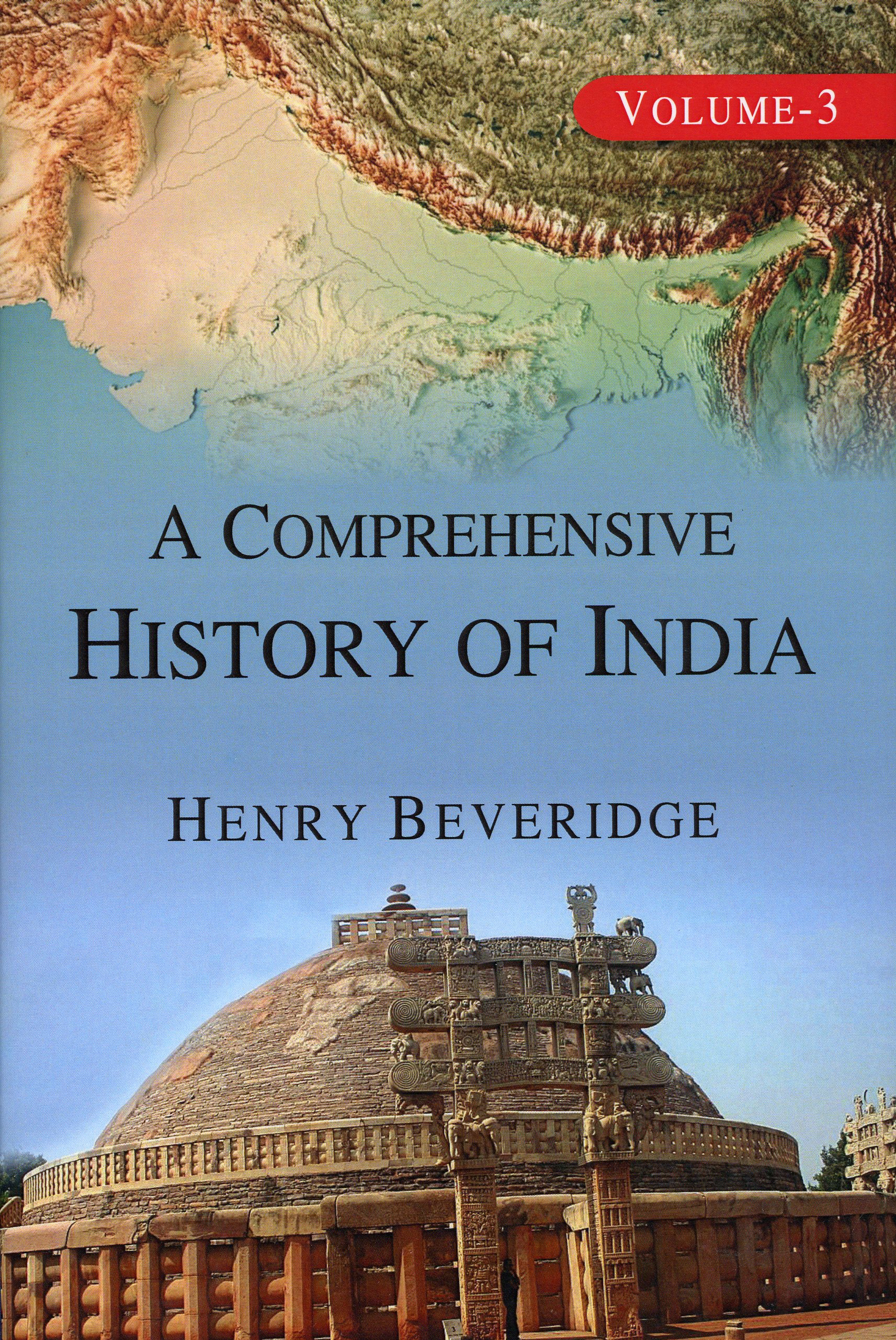
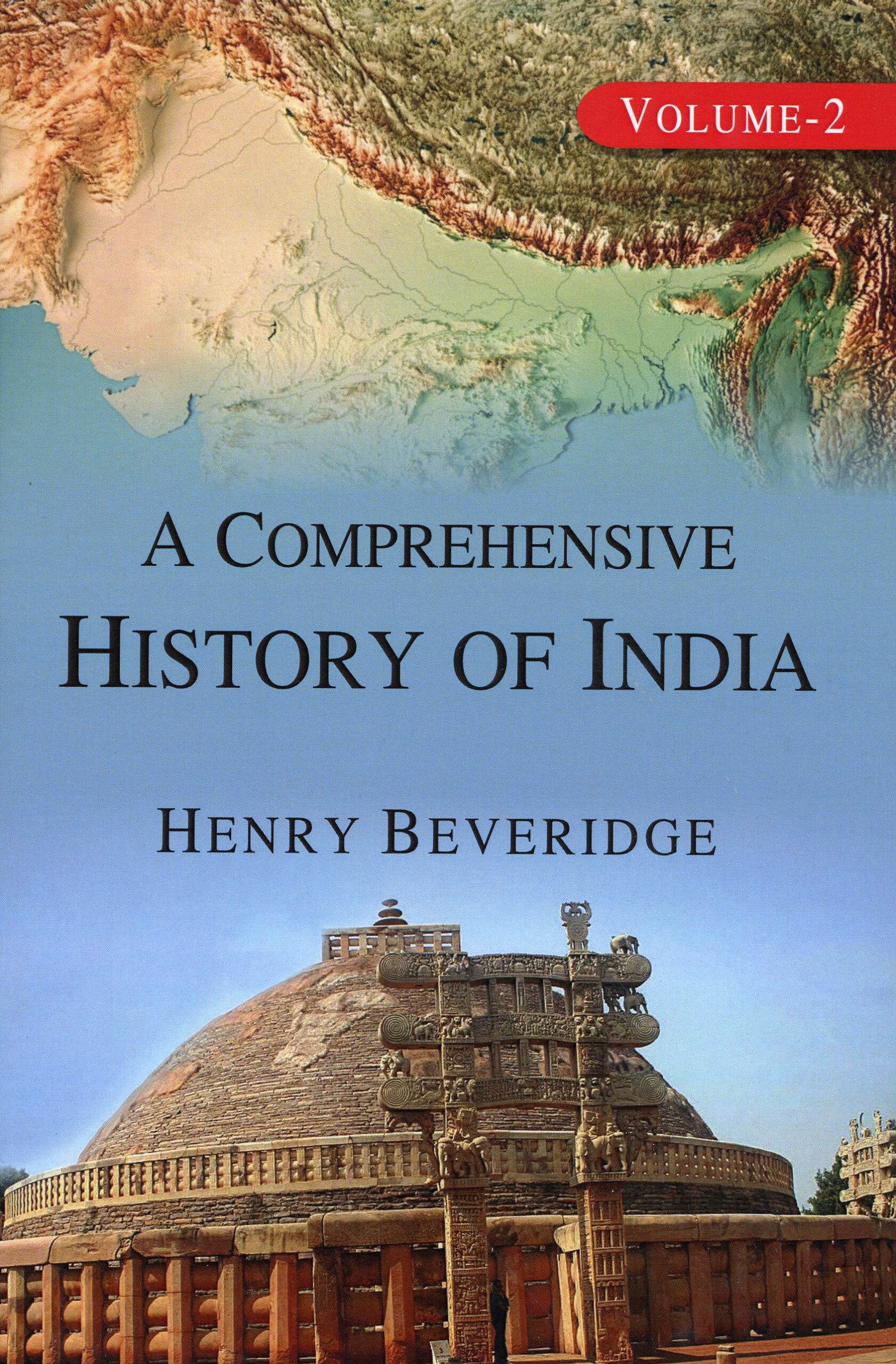
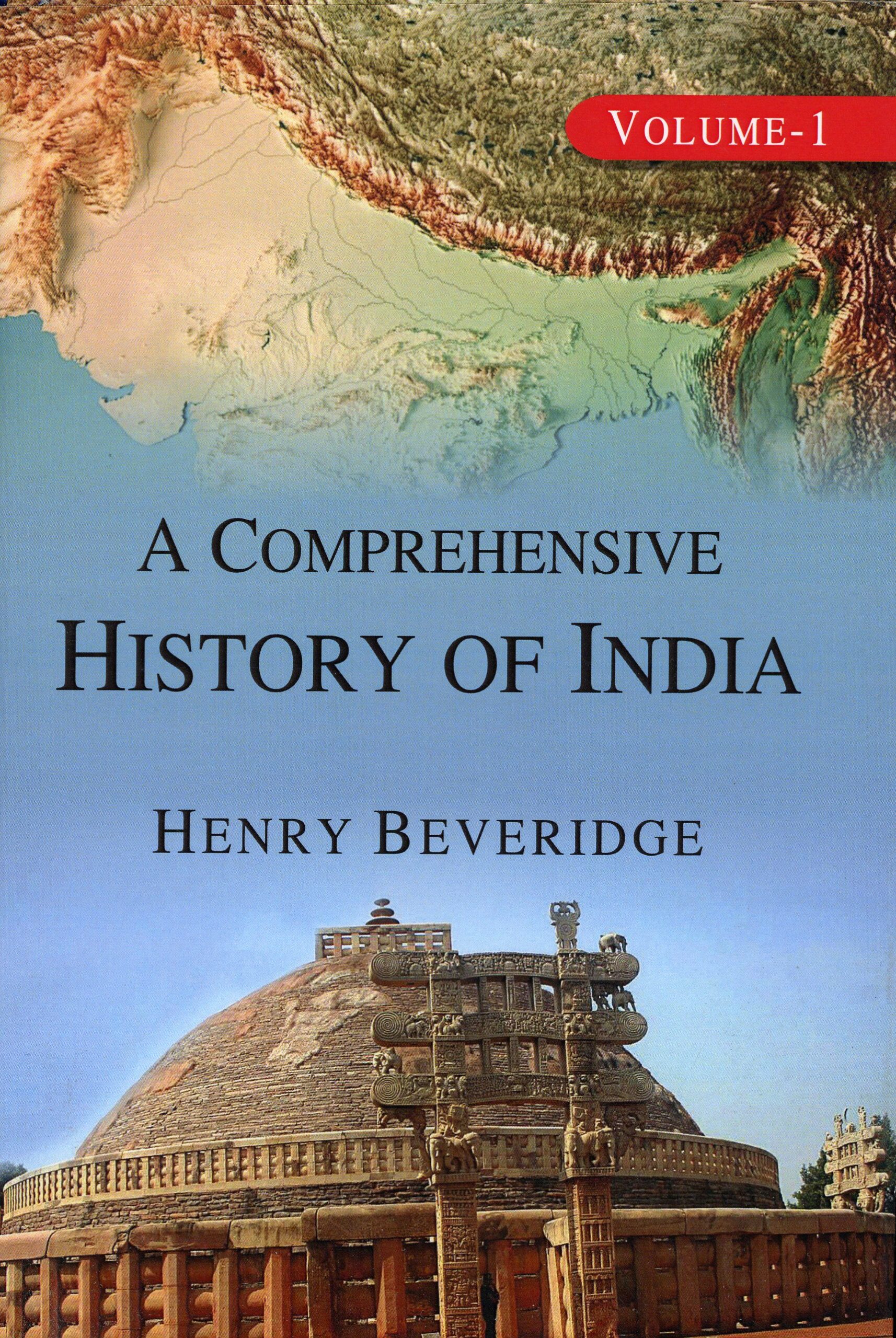
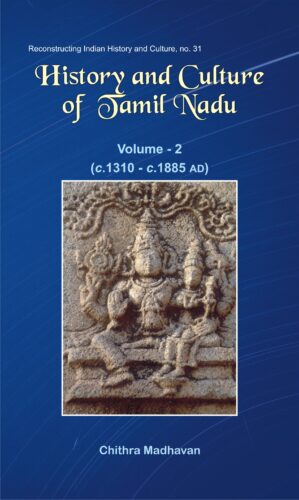
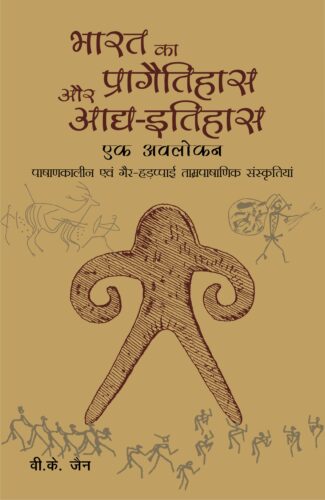
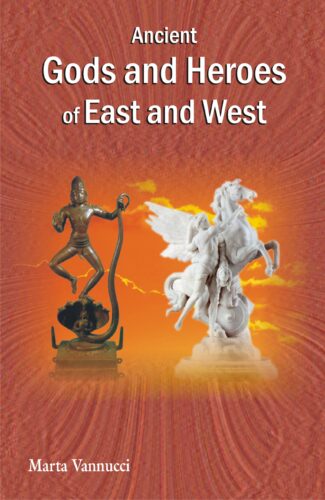
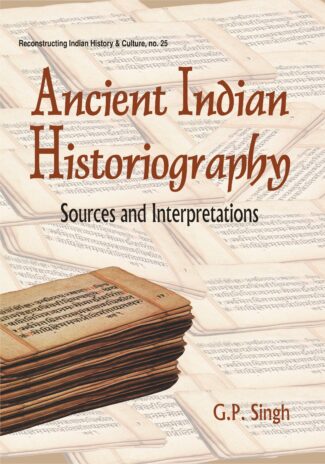
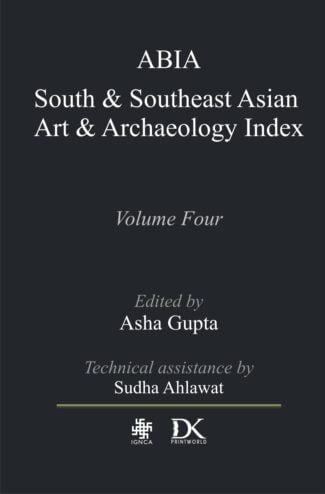
There are no reviews yet.